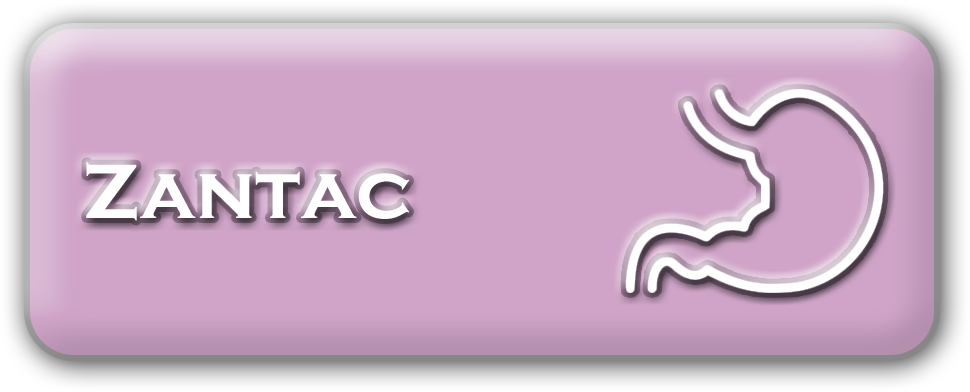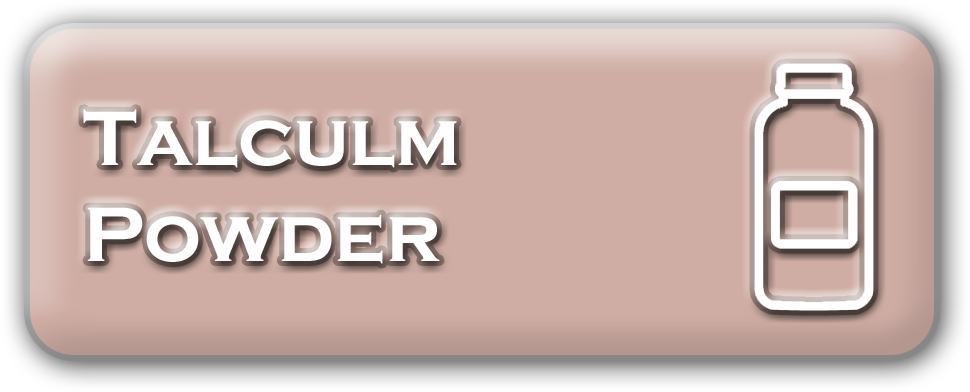Distracted driving continues to take a deadly toll in California
The San Francisco Chronicle recently featured a news story on the perils of distracted driving. Each year, over 3,000 people die from distracted-driving accidents. Another 421,000 people sustain personal injuries-many severe-due to distracted driving crashes. The good news is that California’s restrictions on mobile phone use while driving “appear to be sinking in.” Annual citations for distracted driving in 2013 totaled 426,000 which is down from a high of 476,000 citations two years earlier. According to the article, distracted-driving citations are not cheap. While the base fine is $20, penalties add up to $160 for a first offense and increase to $279 for a second offense.
While California highways may be safer thanks to restrictions on cell phone use while driving, distracted driving continues to result in fatal car accidents. Earlier this year, San Francisco’s KPIX-TV reported on a tragic car accident in Santa Rosa that resulted in the death of two women who were sitting in the backseat of a Toyota Camry. According to the California Highway Patrol, the Camry was struck by a pickup truck driven by a distracted driver “who was checking his phone.” The Camry was struck with such force that it was pushed into another vehicle just ahead of it. A front seat passenger of the Camry who survived suffered serious injuries.
A New England Journal of Medicine study published this year notes that one of the riskiest driving behaviors is the performance of distracting “secondary tasks” such as mobile phone use, programming an MP3, eating or grooming. The performance of secondary tasks increases the risk of a car accident because it prevents a driver from giving his or her full attention to driving and takes the driver’s eyes off the road ahead. Of all distracted-driving behaviors, the worst is texting since it is a secondary task which demands visual, manual and cognitive attention from a driver. Research revealed that cell phone use delays reaction to potential hazards and decreases the driver’s visual scanning of the highway.
Young and novice drivers appear to be particularly prone to engaging in secondary tasks while driving. Although distracted driving is dangerous for any age group, novice drivers using a cell phone on a test track were found to be more likely than experienced adult drivers using a cell phone to enter an intersection upon a red or yellow light. A novice driver’s youth and inexperience plays a significant role in making them more vulnerable to accidents while engaging in secondary tasks such as cell phone use.
Safety tips
Distracted driving can result in rear-end collisions, head-on collisions and intersectional t-bone collisions-all of which pose a significant risk for serious injury or even death to other motorists and their passengers. The CHP urges that drivers follow these safety tips to avoid causing a distracted driving accident:
- Never text and drive.
- Turn off your phone when you get behind the wheel.
- Do not eat, drink or groom while driving.
- Do not program your GPS or MP3 player while driving.
- If something rolls onto the floor, stop the car before trying to retrieve it.
Seeking compensation
California law permits those harmed due to negligence the right to seek compensation for any injuries sustained. Do not allow yourself to be the uncompensated victim of a distracted driver. If you or a loved one has been injured due to distracted driving, you should contact a California attorney experienced at handling motor vehicle accident cases.
























